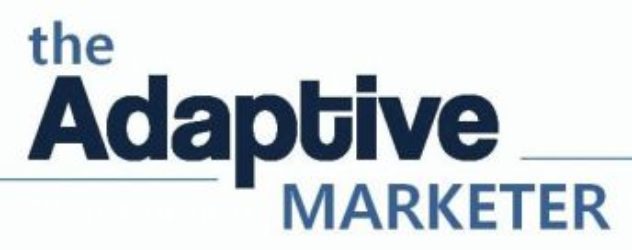Social Listening has empowered organizations to listen to customers and respond in real time, primarily on Twitter. Here is an example where Southwest Airlines (from back in 2008) responded to a customer who had a bad experience. The mere act of listening to customers and showing some empathy can turn a very unhappy customer around.
A few weeks ago an industry expert shared his experience with a bank. He was having some trouble, called customer service and after becoming frustrated with the nonsense policies for the bank, suggested to tell his thousands of followers on Twitter about the experience with the bank. This story, and further discussion via twitter, led to a couple of thoughts:
- Maybe, the people who demand better service via extortion, threatening to tell their followers about the bad experience, are using a form of blackmail. I know it is the new world of social. Just think about this before you do it.
- In most cases, this influence is overstated. As I stated in a previous post, popularity is not influence. Further, If a user with 5,000 followers tweets a bad experience with a brand, only a fraction of those 5,000 people will read the tweet. Even if 50 people read the tweet it is bad, I am only stating that not all 5,000 will be exposed to the tweet.
- In any case, it would be unfair if people with more followers received better customer service. If this is the inevitable future, we should all create dummy Twitter accounts and use unorthodox (but common) methods to get a large number of followers so that we can get decent service.
- Brands should realize twitter is simply a form of customer service. The teams monitoring twitter (or Facebook) for customer service issues and responding to those issues are not that different to the teams with a headset responding to the same type of problems for the same customers via phone or email.
- Brands should therefore have consistent customer service policies that apply equally to situations independently of what channels you choose to connect with the company or how popular you are. Imagine if I called an 800 number to complain and told them I have 2,000 people in my Rolodex threatening to call all of them if they don’t help me.
- Brands should be smart enough so that it does not take a social media crisis (á la United Breaks Guitars or a Comcast Technician Sleeping on My Couch) to fix basic customer service policies and pay attention to what their customers want. Delivering great products and great service is the way to become a great company. Solving customer issues won’t get you there.
- Brands should encourage customers to address their concerns, problems and feedback via a private support channels such as email, online chat or phone. Using your Facebook wall as your customer service center does not help anyone but your competition. Other channels are much more efficient at providing customer service, for example, with clear connection to your customer transaction record, no 140 character limit. Just today Fortune published an excellent piece titled “Can I help you? On Twitter, the answer is no” that compares actual experiences on twitter vs. phone vs web for top retailers.
If you think about it, your team that is helping customers via twitter should not be part of the social media team in marketing, maybe this function lives in customer service, in the cal center, where customers can get a consistent experience across interaction points.
If you are a social media marketer, I am not suggesting you move to the customer service department. Instead I am suggesting you consider your career path. As Jeremiah points out, Social Media Strategists are at a critical point where they can either become the ‘social media help desk’ or customer engagement marketers.











